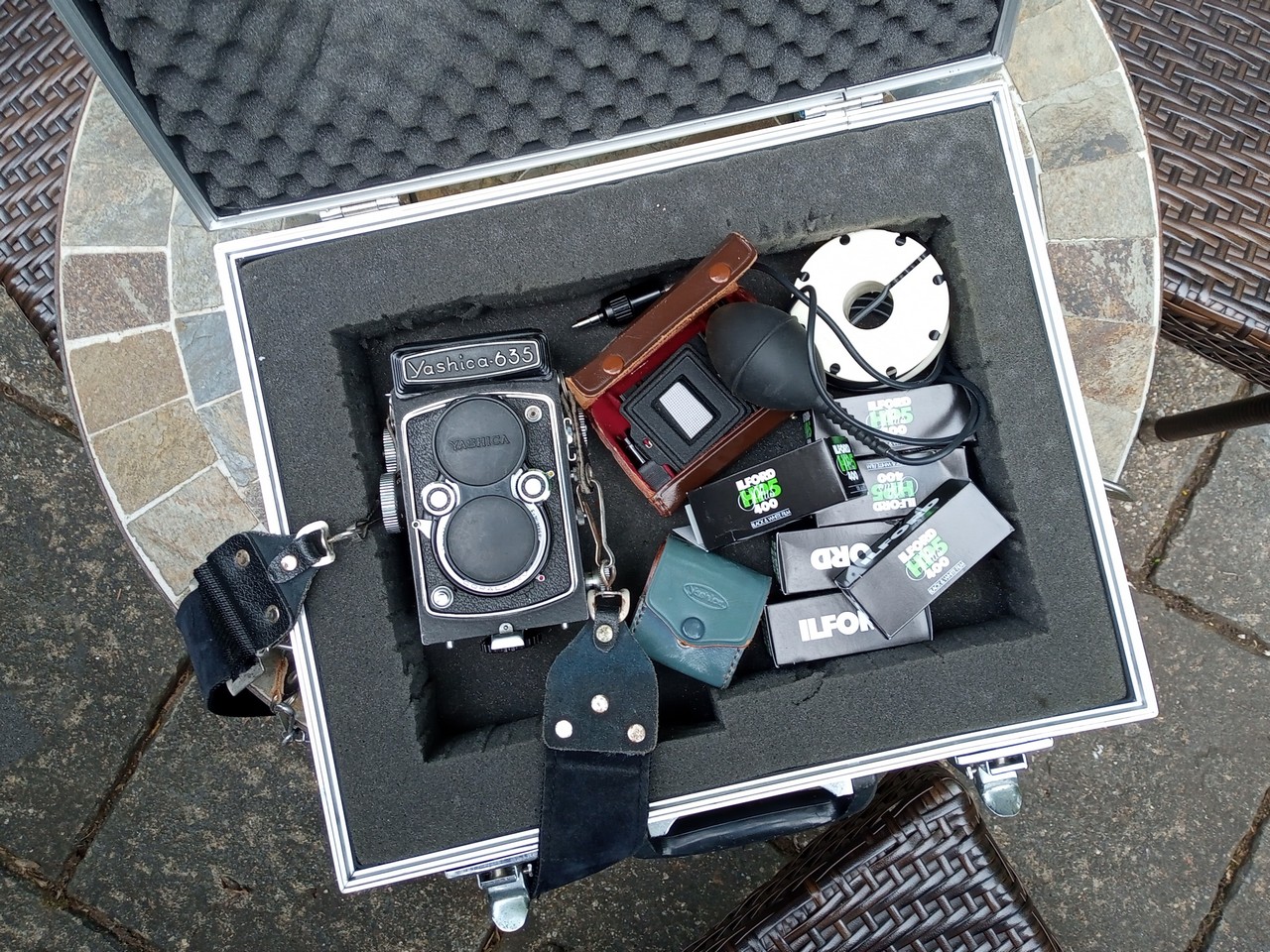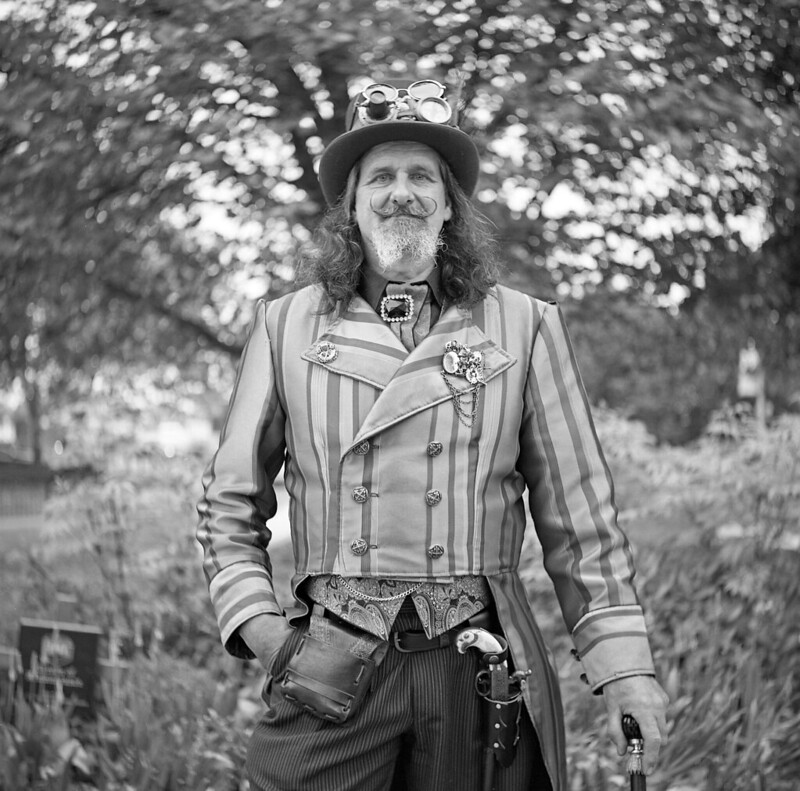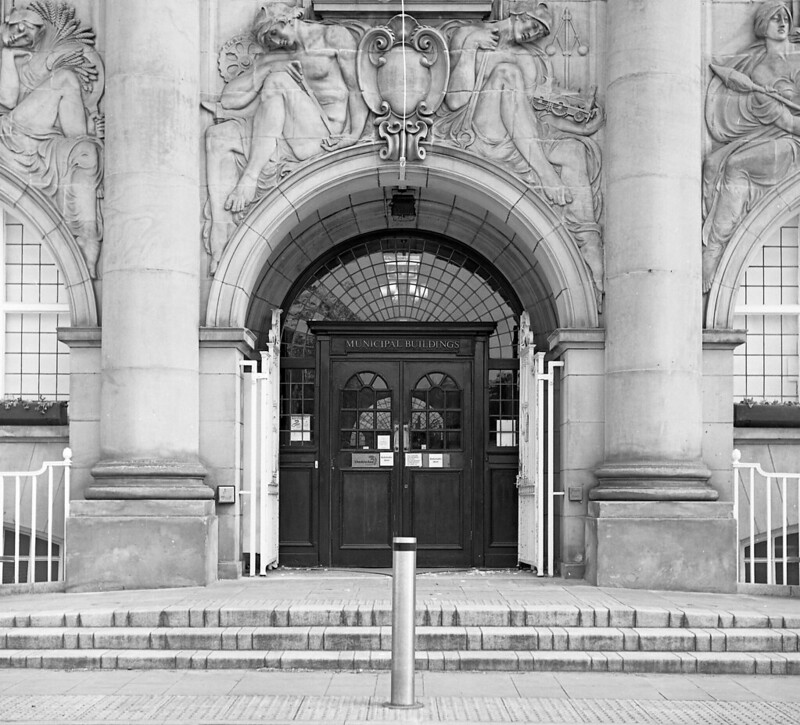Hi all.
Each week I get a newsletter from our camera club.
Usual stuff, the next zoom meeting and what's coming up in the future.
This week someone had contacted the club to see if anyone would like some old camera equipment.
"Gratis"
I have never thought of owning a film camera before but this seemed like it might be fun plus it was free.
I registered my interest and have just picked the camera up.
There are 6 rolls of film too. Dated 2002 ?
So I'm here, cap in hand to ask where to start. Just had a quick look around it and it seems to work fine.
The guy said it worked but he had not used it many times whilst he owned it.
I'm used to shooting with a Canon 6d so loads of help with exposure. This does not have a meter.
Any pointers?
Would be very much appreciated.

Each week I get a newsletter from our camera club.
Usual stuff, the next zoom meeting and what's coming up in the future.
This week someone had contacted the club to see if anyone would like some old camera equipment.
"Gratis"
I have never thought of owning a film camera before but this seemed like it might be fun plus it was free.
I registered my interest and have just picked the camera up.
There are 6 rolls of film too. Dated 2002 ?
So I'm here, cap in hand to ask where to start. Just had a quick look around it and it seems to work fine.
The guy said it worked but he had not used it many times whilst he owned it.
I'm used to shooting with a Canon 6d so loads of help with exposure. This does not have a meter.
Any pointers?
Would be very much appreciated.

Last edited:



